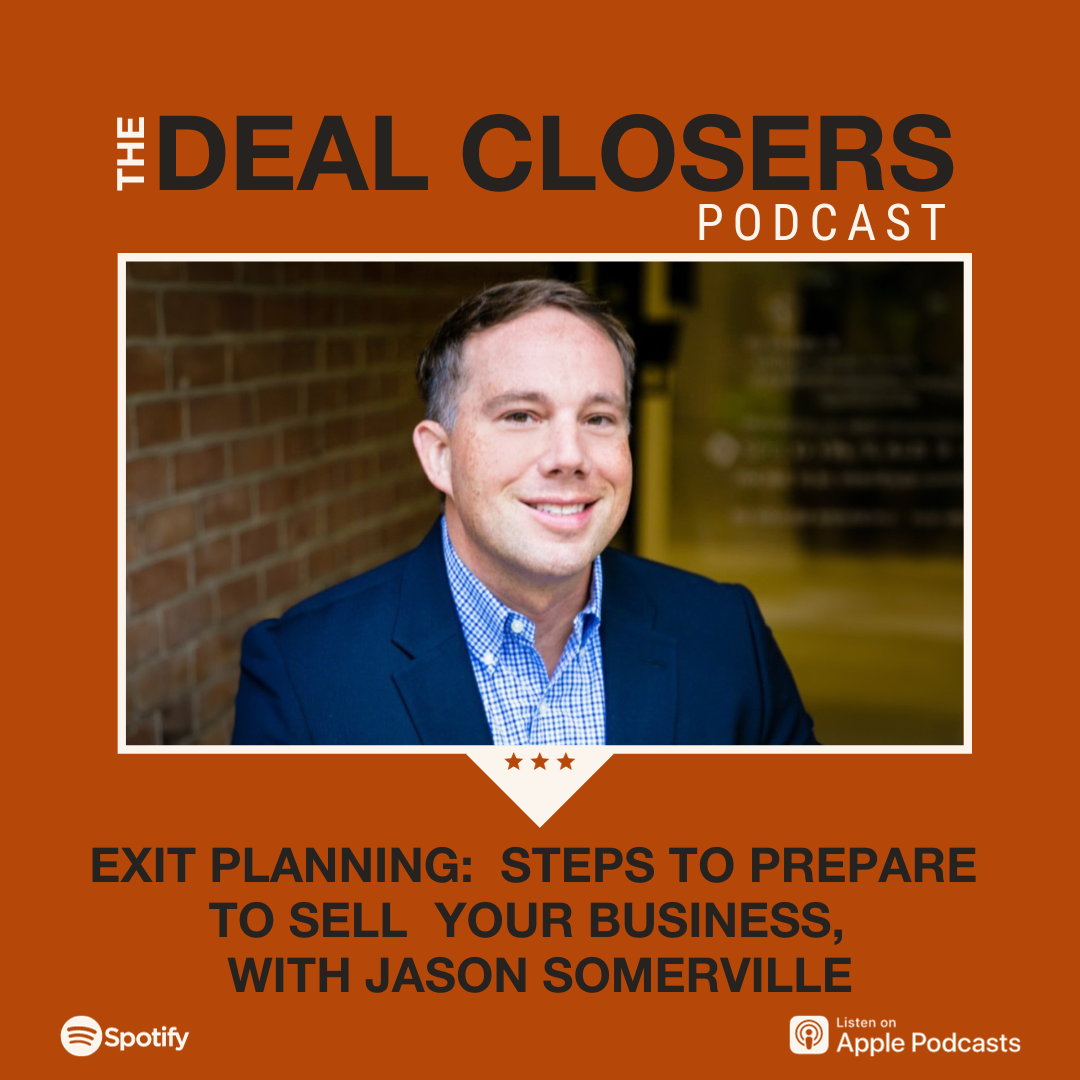
Remember the Covid-19 pandemic? Those were difficult times for many business owners who were forced to sell their businesses because of economic slowdowns all around the globe. This led to poor sales performance even when the costs remained steady. The fact is, businesses with an exit plan in place knew what to do even though everything else was unprecedented. The rest of the businesses that had no contingency plan saw their businesses sold and had no idea how that happened.
Entrepreneurs spend sweat, blood, and tears building their businesses from the ground. However, part of an excellent business plan is crafting a solid business exit plan. While some might see leaving the business negatively, exit planning is actually a strategic way that ensures you get the maximum value when you sell your business while minimizing the losses and having a smooth transition.
Exit planning is a strategy used by business owners to plan how they want to exit the business while minimizing the risks, maximizing profits, and assuring stakeholders that the transition is not going to affect their position in the business post-exit.
This also serves as a roadmap of how to cover all the areas of the business and make sure that continuity is in place. When business owners exit a business, it is not just selling it to potential buyers such as a privately-owned business or through a management buyout. It could also be launching it as an Initial Public Offerings (IPO) opening it up for new stockholders and raising capital.
When you put your business up for sale, there are three types of potential buyers:
You need to have clear steps to take before you plan your exit strategy. For instance, you need to ask advice from your financial advisor, lawyer, or accountant before you make any decisions to finalize a transaction of sale or a transfer of your business.
If you have a deal on the table, having an accurate set of books will help you get an expert to do the business valuation and compare it to the deal that is offered to you. However, before you sell the business, you need to have clear financial goals since it will affect which of the many types of exit strategies you will choose.
Make sure you understand all the advantages and disadvantages of your chosen business exit strategy. Once you’ve decided on the right exit strategy, include what will happen to your investors, stakeholders, and your employees in your business exit plan.
Business valuation is the first step in the exit planning process and is used in determining what a buyer or investor is willing to pay for your business. Valuing your business isn’t a straightforward process. These are the methods you can use to get the valuation of your company:
Succession planning is a long-term business strategy used to pass key roles in an organization from one employee to another, ensuring that the transition will be as smooth as possible due to reasons for an employee to part ways with the organization like retirement, moving on to new companies, or the hardest one to forecast which is death.
Despite your best efforts to maintain good employee relations, it is difficult to retain members of the workforce. Having succession plans helps improve morale and productivity because you are promoted from within the company or the management team, which ensures employees that they are valued in the workplace.
Entrepreneurship refers to a person or a group having an original idea to create a new business that is different from what is traditionally known by the public. Economics defines an entrepreneur as an entity that can translate inventions or technologies into products and services. They assume huge amounts of risk involving the business or project although they stand to benefit to a great extent if and when the project becomes successful.
Any change in a business can affect its operations and its performance, especially if there is a change in leadership since most small businesses depend on their owners for its operations to continue. The transition is tricky but if done correctly, it will be beneficial to both the new and retiring owner.
For the retiring owner, transition would mean retiring without needing to be involved with the operations and continuing with the next chapter of their life. For the new owner, the transition would mean building on what the retiring owner has established, focusing only on increasing profitability and continuing operations without starting from the ground up.
Jason Somerville is a research economist in Consumer Behavior Studies within the Household and Public Policy Research Division. An Economics Graduate from Cornell University, his research focuses on Behavioral Economics, Experimental Economics, Public Economics, and Applied Microeconomics.
Jason received his Ph.D. from Cornell University in 2020. He conducts laboratory experiments to test economic models and to better understand the factors that shape individuals’ decisions. His current research explores how choice-set composition can shape preferences, the impact of administrative burden on the take-up of welfare programs, and the role of memory in shaping demand for redistribution.